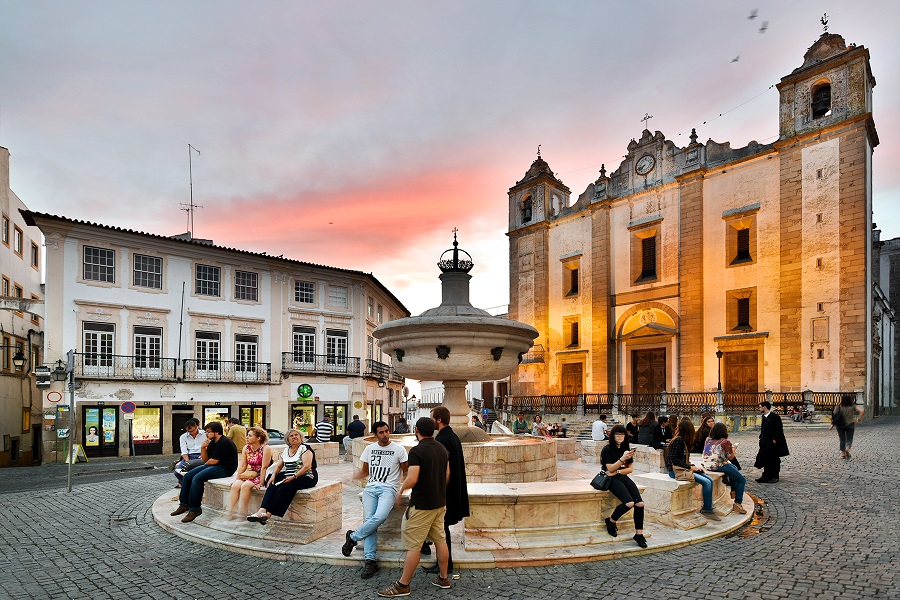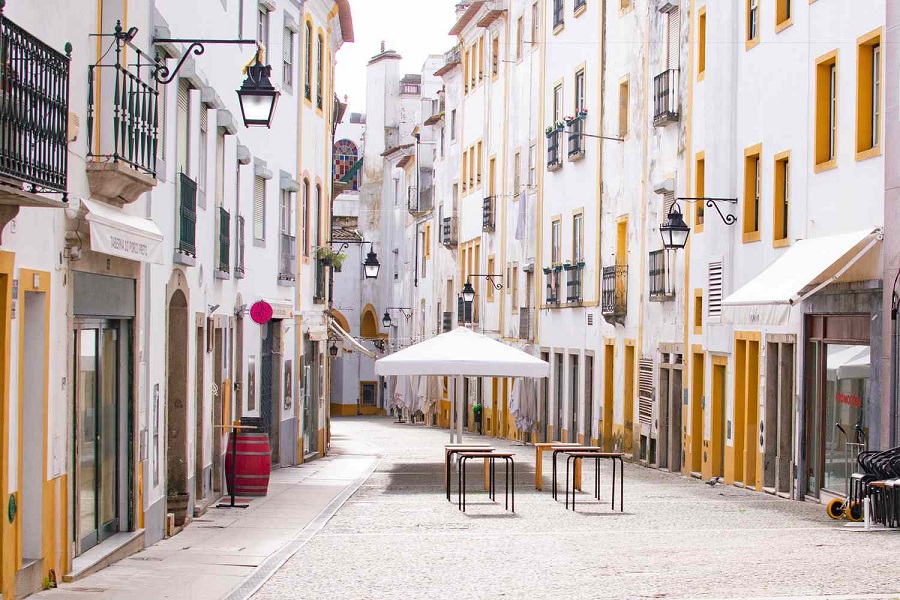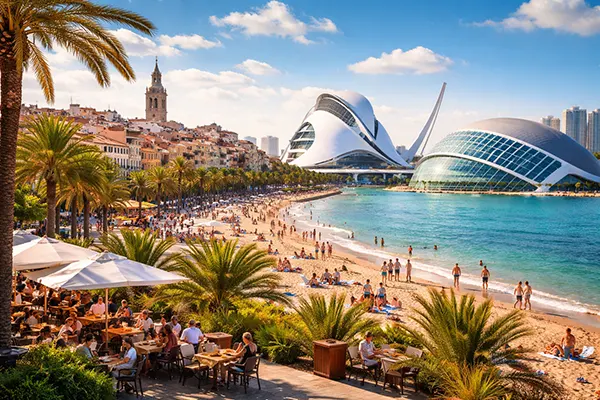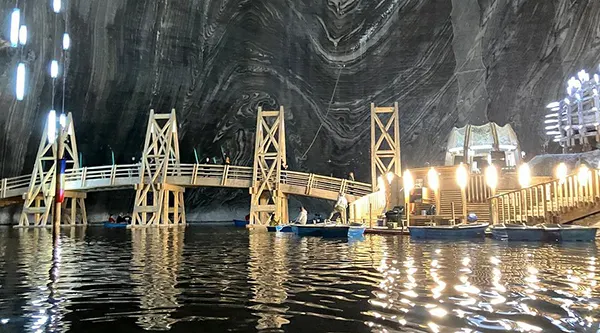
Évora Unveiled: The Timeless Appeal of Portugal’s Hidden Gem
Évora, nestled in the heart of Portugal’s Alentejo region, is more than just a city. It’s a living museum, where history unfurls around every corner, beckoning travelers with tales from times gone by. The UNESCO World Heritage site, with its Roman ruins, medieval walls, and renaissance palaces, offers an immersive journey through the epochs.
Architectural Wonders of Évora
Évora’s skyline is dotted with architectural marvels that echo the city’s storied past. At its heart stands the Roman Temple of Évora, also known as the Temple of Diana. This Corinthian-style temple, dating back to the 1st century AD, serves as a testament to Évora’s Roman legacy.
The Cathedral of Évora, a fusion of Gothic, Romanesque, and Baroque styles, invites exploration. Its intricate stonework and the panoramic views from its rooftop are not to be missed. Additionally, the city’s medieval walls and gates, such as the Dona Isabel Gate, provide a glimpse into Évora’s defensive past.
One cannot discuss Évora’s architecture without mentioning the Chapel of Bones. Adorned with human bones and skulls, it stands as a poignant reminder of life’s fleeting nature, with the inscription “We bones, lying here, for yours await.”
The Enchanting Streets and Plazas
Wandering through Évora’s cobbled streets is an experience in itself. These lanes, lined with whitewashed houses adorned with yellow trims, exude a charm that transports visitors back in time. The city’s plazas, especially the Giraldo Square, are hubs of activity where locals and tourists mingle, sipping coffee or enjoying regional delicacies.
These streets also house artisanal shops selling local crafts, including the region’s famed hand-painted pottery and cork products. Shopping here is not just about purchasing; it’s about connecting with Évora’s rich artistic tradition.
Gastronomic Delights of Alentejo
Évora, being the Alentejo’s capital, is a gastronomic haven. The region’s cuisine is renowned for its rich flavors and hearty dishes. From “Açorda Alentejana,” a bread-based delicacy, to “Migas,” a savory dish made from leftover bread, the local food is a reflection of Alentejo’s agrarian roots.
The city’s eateries, ranging from quaint cafes to gourmet restaurants, serve delectable local wines, adding another layer to the dining experience. The Alentejo wines, known for their full-bodied and aromatic nature, perfectly complement the region’s cuisine.
Moreover, Évora’s annual Gastronomic Week celebrates the region’s culinary heritage, making it a must-visit for food enthusiasts looking to delve deeper into Portuguese flavors.

Cultural Festivals and Events
Évora is not just about history and architecture; it’s a city that celebrates life. Throughout the year, numerous festivals and events breathe life into its ancient streets. The Holy Week celebrations, with their processions and rituals, offer insights into the city’s deep-rooted religious traditions.
The city also hosts the annual Évora International Short Film Festival, attracting cinephiles from across the globe. For music enthusiasts, the Festa de São João, with its folk music and dance, is a cultural treat.
The Allure of Surrounding Landscapes
Beyond the city’s walls, the Alentejo region unfolds with its undulating landscapes, dotted with olive groves, vineyards, and ancient megalithic sites. Exploring these surroundings, either by foot or on a bicycle, provides a tranquil escape from urban life.
The Almendres Cromlech, a megalithic complex considered the “Portuguese Stonehenge,” is a testament to the region’s ancient inhabitants and their astronomical prowess.




